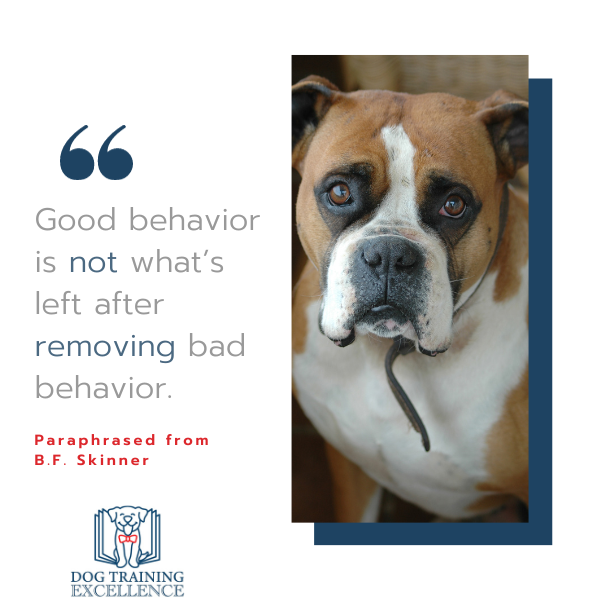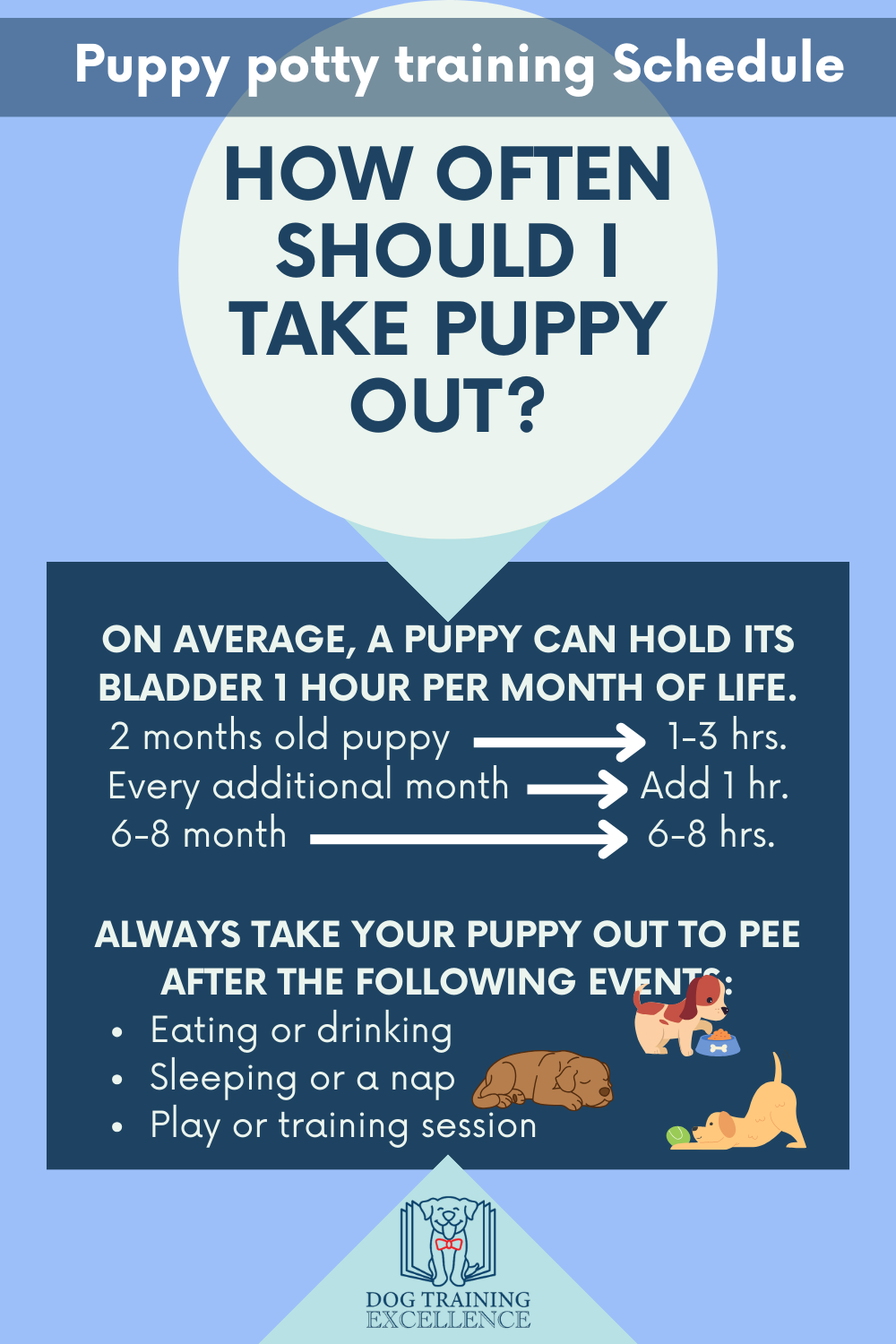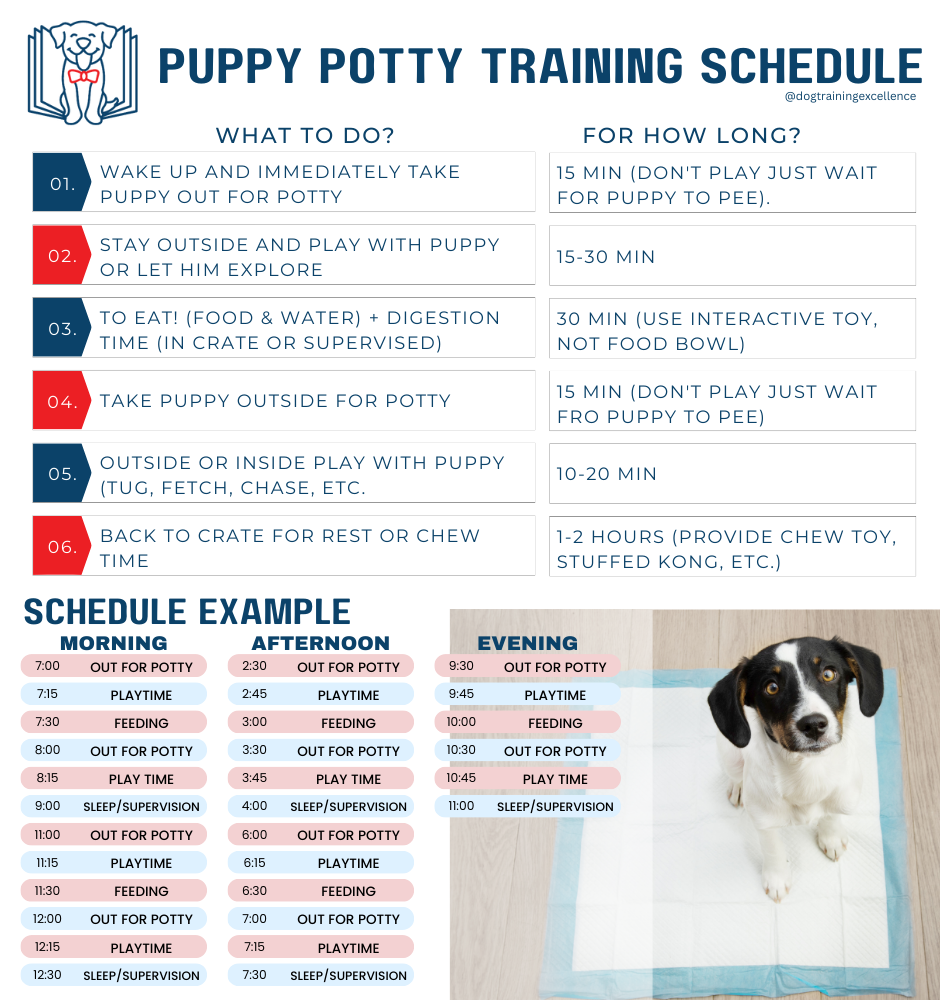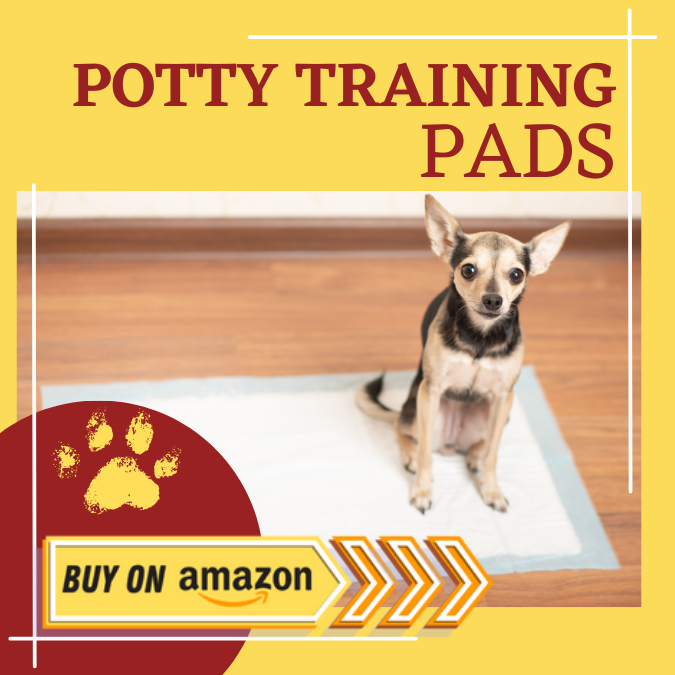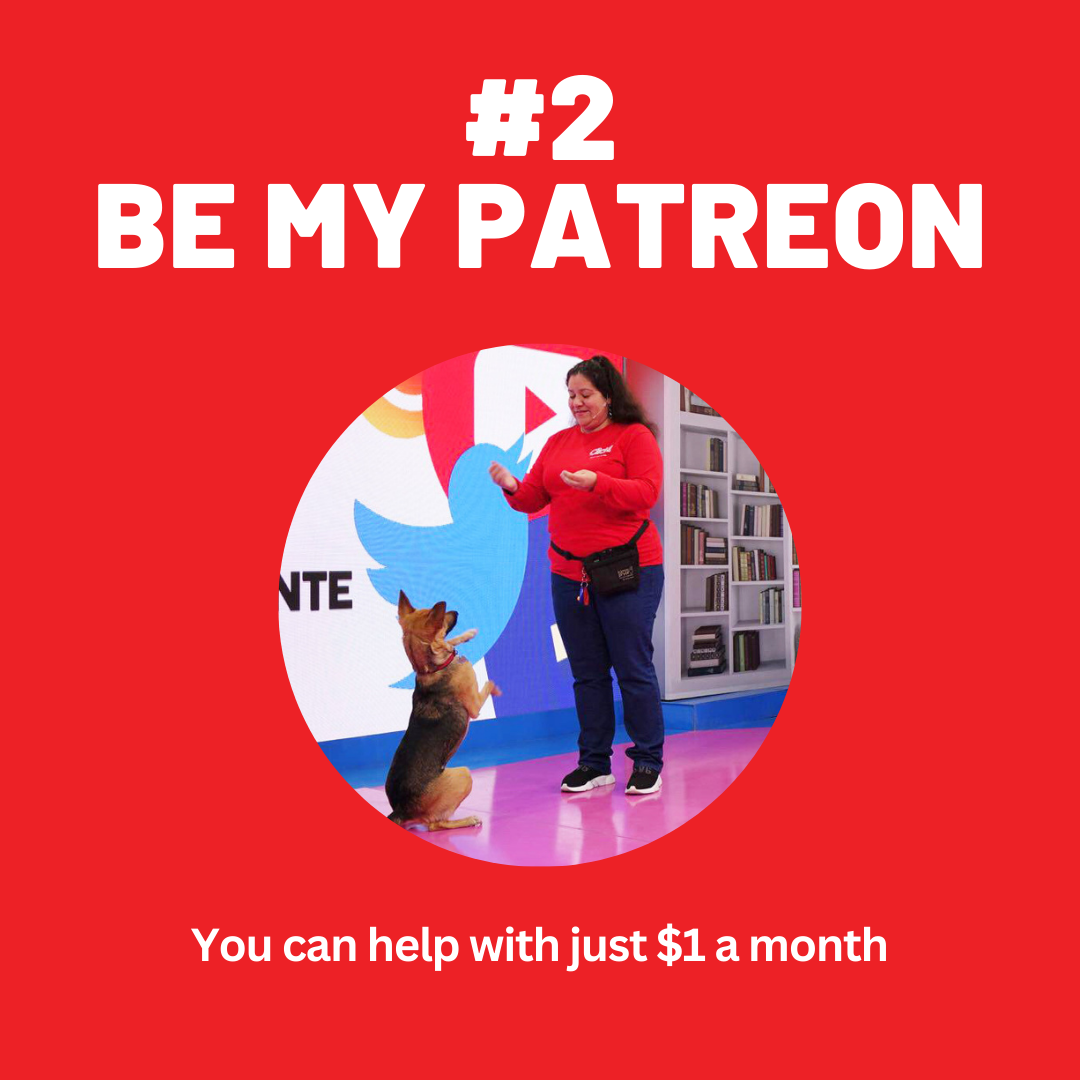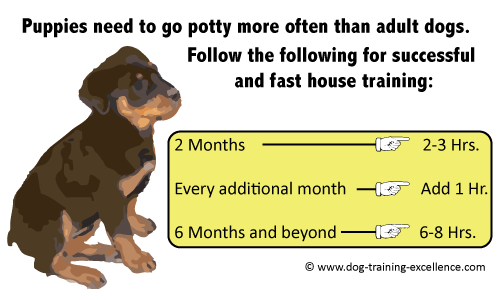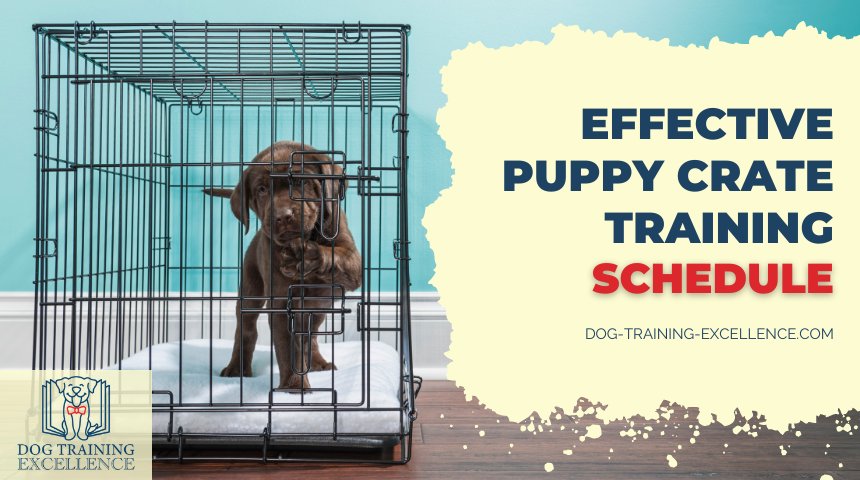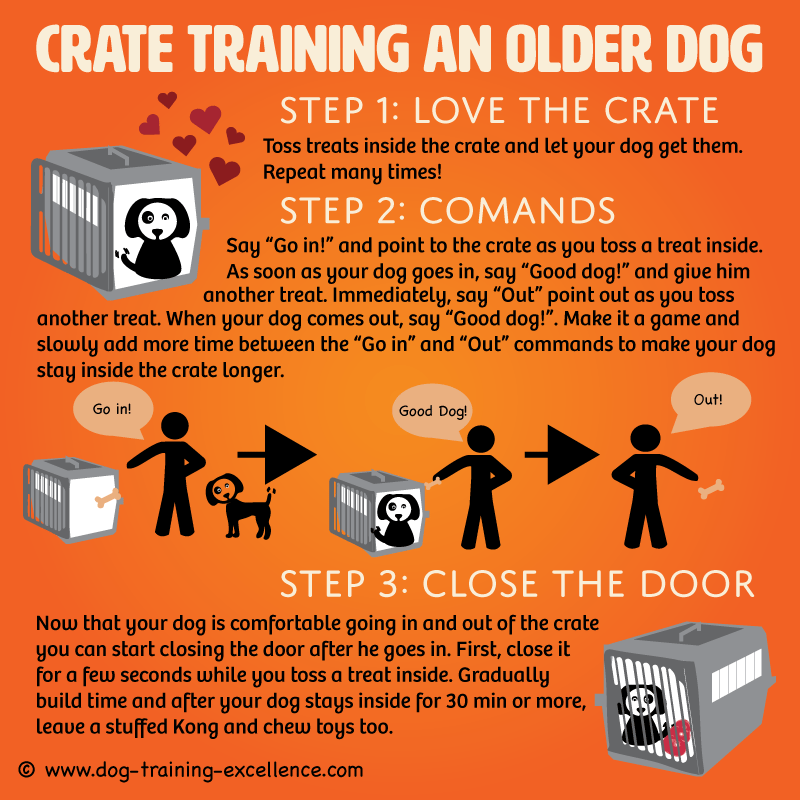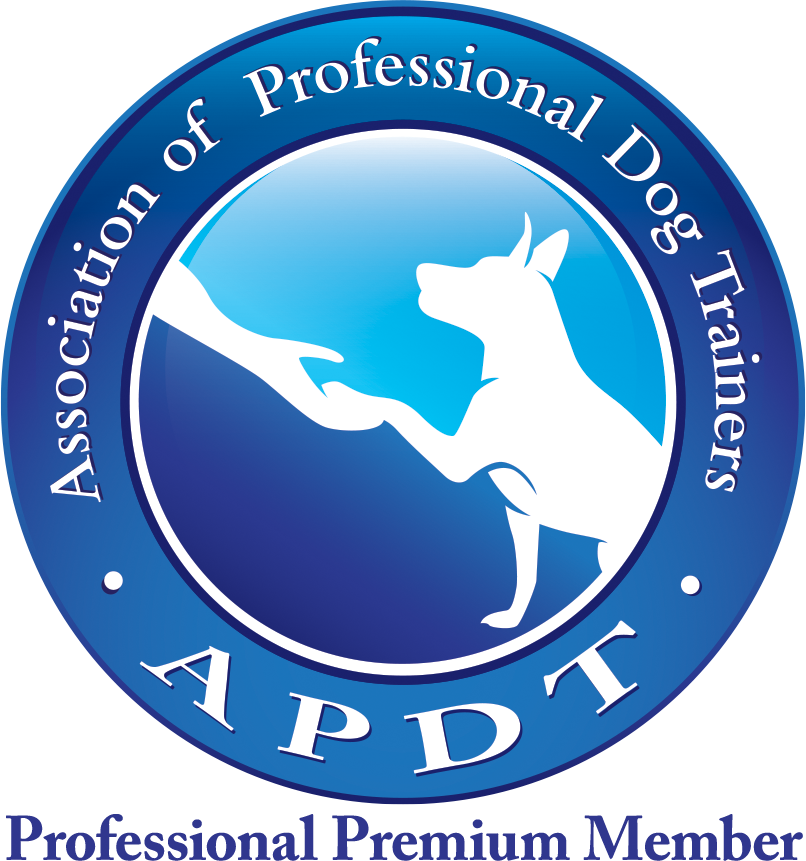I try to write my posts as unbiased as possible and recommend the products I consider to be useful and the best. I use affiliate links, this means that–at no extra cost to you–I can make a commission on a purchase you make after clicking on them. As an Amazon Associate I earn from qualifying purchases.
Puppy potty training not working?
Top 10 Mistakes to Avoid!
Puppy potty training not working?! No worries, I will help you tackle one of the less glamorous aspects of puppy parenting - house training. It's a journey filled with joy, a bit of frustration, and plenty of adorable moments. As an experienced dog trainer specializing in reward-based and evidence-based methods, I've seen it all. Here are the top 10 puppy potty training mistakes to avoid, and trust me, I've learned a thing or two from personal experiences.
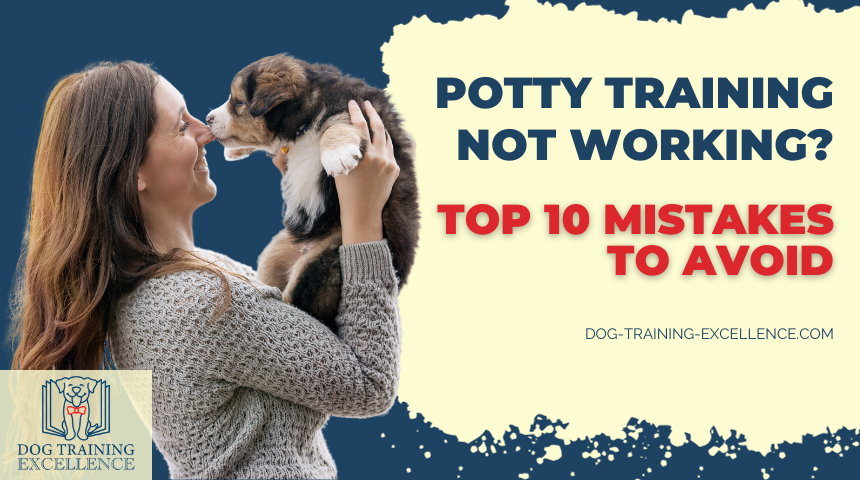
Puppy potty training can be a rollercoaster ride, with moments of triumph and a few bumps along the way. The frustration of "puppy potty training not working" is not uncommon, but fear not! Let's dive into the top 10 mistakes and turn those 'uh-oh' moments into 'a-ha' victories.
Mistake #1: Did you punish your dog?
If you are having trouble potty training your puppy, mistake N˚1 is getting upset when accidents happen. This is very counter-intuitive. To our human brain it makes perfect sense to punish the puppy, that way he “knows” he did something wrong, right? Wrong.
Punishment has a lot of pitfalls, it may seem the better way to train but it’s not. The main reason:
Punishment is not as clear as you think it is.
If you are going to use punishment as a training method, you need to know you can only punish the animal in the exact moment it is doing something wrong. Two seconds later and the chances that your puppy understands why he is being punished decrease exponentially. This means that if you find pee/poo somewhere but not the puppy doing it in the act, your puppy will not understand why he is being punished, even if you rub his face against it. He will only understand that your are completely crazy.
Now, let’s say you do see your puppy in the act of peeing inside the house, should you punish? Well, no. The reason is not obvious. You are punishing your puppy for peeing “inside the house”, but most likely your puppy will understand that your are punishing him for “peeing” (the inside the house gets lost in translation).
Now you have a puppy that is afraid of peeing in front of you…which is the worst thing that can happen! You need him to pee in front of you (in the yard or outside in the park) so you can give him the best treats as a reward!
Yes, your puppy may not instantly understand that your are rewarding him for peeing “in the yard”, but he won’t be afraid either. With many repetitions, your dog will learn that peeing in the yard gets him yummy treats but peeing inside the house gets him nothing. Eventually, peeing in the yard will become a habit (like when you need to pee, you go to a bathroom) and your puppy will be potty trained!
You puppy needs to learn to trust you, if you punish your puppy, he will learn to fear you. This will cause stress which will end in even worse behaviors.
What to do instead of punishing accidents?
Create a potty training schedule to prevent accidents, if accidents happen (and they will), just clean them up!
A potty training schedule means you will actively take your puppy outside (or the potty area) at times he is more likely to pee and reward him for peeing/pooping outside. The times your puppy is most likely to pee are: after a nap, after eating or drinking, after a play or training session or every few hours depending on your puppies age.
Mistake #2: You are following a schedule, but your dog is not a robot.
If you are not following a puppy potty training schedule, then that’s something you need to start doing right away. If you are following a puppy schedule but puppy potty training is not working, then you need to do a little bit of detective work first.
You can create the perfect potty schedule that fits your lifestyle, but you also need to keep your dog in mind when designing one too. For this, spend the next 3-5 days writing down in a piece of paper (that you will keep on the fridge) every time your puppy pees: time, place and any other important detail.
After a few days you will have enough data to see a pattern. Maybe your puppy pees in the morning 3 times, then naps and doesn’t pee again until the afternoon, when he does it every hour. Now that you know your puppy’s biological schedule, you can create a better potty training schedule to follow.
Most puppies will need to pee every 1 hour per month of life, when they wake up from sleeping, after eating or drinking, and after a play session. But puppies are living creatures and will not pee and poo like a perfect clock. As your puppy grows he will hold its bladder longer and longer and his potty routine will become more predictable.
If you are having trouble potty training your puppy, reward him/her with the most delicious treats immediately after he pees in the correct spot. The more you reward, the faster your puppy learns.
Mistake #3: Insufficient Supervision
Puppy potty training not working? A wandering puppy can quickly become a little explorer, leaving 'surprises' in unexpected places. That is why it’s so important to create a puppy potty training schedule. This schedule is not only about when to take him outside, but will also help you give your puppy the attention and play time it needs in a controlled manner.
Extra benefit, you can also prevent your puppy from biting everything around the house!
The best way to supervise your dog is using a crate, but a crate is not necessary if you can keep your dog close by or block access to “forbidden areas” with baby-gates. The goal is to prevent your puppy from wandering around the house without supervision. As your puppy grows and learns where to potty, you will be able to give him more freedom to roam around.
Lastly, as you supervise your puppy, pay attention to signals that predict your puppy needs to go potty, like sniffing and/or circling. Immediately take him to the correct spot, let him pee and give him a great treat, like freeze dried liver.
Mistake #4: Using the Wrong Cleaning Products
Ever notice your pup going back to the same spot? It's probably the lingering scent of an old accident. Using the right cleaning products not only cleans but also erases the scent, preventing revisits. Most people think that using household cleaning supplies is enough, but it is not. The urea molecules in your puppy’s pee attach to surfaces with the strength of a bull and nothing but enzymatic cleaners can remove them. Even if you can’t smell them, your puppy can!
Recommendations for Pet-Safe Cleaning Products
- Choose enzymatic cleaners like Nature’s Miracle, formulate specifically to get rid of your dog’s lingering molecules.
- Avoid ammonia-based products, as they mimic the scent of urine.
- Clean promptly to prevent your pup from forming 'accident hot spots.
Mistake #5: Overlooking Health Issues
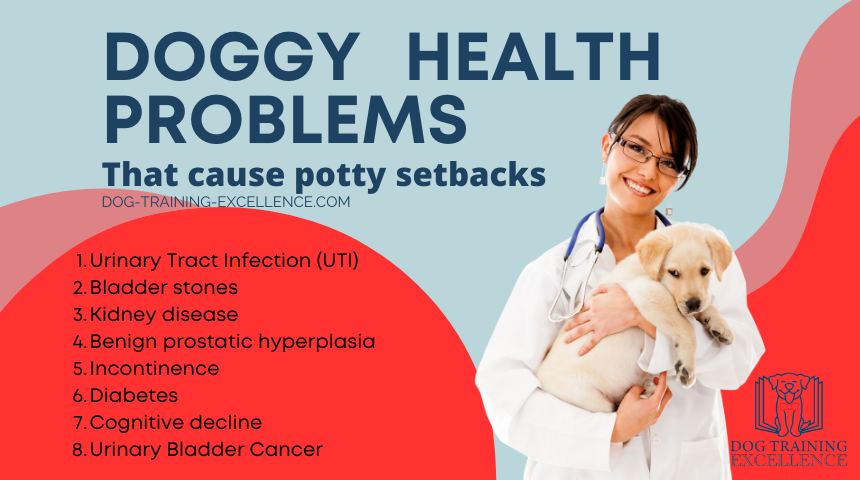
If you are having trouble potty training your puppy, one possibility is that there may be health concerns. If you have an adult dog that suddenly starts having accidents, then 99% chance he has a health issue. It can be something as simple as a urinary tract infection that can be solved in no time with the correct antibiotic or it could be something a little more complicated like diabetes. Visit your vet for a full check up.
If you are training a puppy, first be patient. Puppies pee 8-12 times per day (or even more) and this is normal. As they grow older the times they need to pee should decrease. If you notice your puppy drinks a lot of water, is not eating well or any other concerning symptom, then visit your vet to make sure there are no underlying health issues that could affect potty training.
Mistake #6: Not having a proper potty area
If you did not choose an indoor potty area and are not able to take your puppy outside as often as needed, that could be a problem. A Potty area (inside or in the yard) should be easily accesible for your puppy (if it’s too far away, your puppy may not make it in time!) and should be free of scary noises and smells.
Most people choose a potty area that is out of the way or in areas not frequented by guests. Laundry rooms are the most popular places, but make sure the laundry machine is not making noises that scare your puppy.
The first few times you can carry your puppy to the designated area and wait for him to pee (and immediately reward!) but I recommend other times you have your puppy follow you to the spot, so he learns how to get there on his own too.
Great tools to mark a designated pee area are: pee pads, artificial grass, indoor patch of real grass or newspaper. If your puppy plays and bites these materials, place them on the floor during pee time only, until puppy learns that's what they are for.
Mistake #7: Skipping Crate Training
Puppy potty training not working? You may need to invest in a dog crate.
Crate training is like giving your puppy their private retreat. Skip it, and you miss out on a powerful potty training tool. However, you do NOT need to crate train your puppy to successfully potty train him. You do need to supervise your puppy and prevent him from roaming around freely.
A potty break schedule and supervision (for example closing doors or using baby gates) should be more than enough to train your pooch to pee in a specific place.
Mistake #8: Ignoring Behavioral Signals
Your puppy communicates; you just need to learn their language. Whining, circling, and sudden restlessness are all signs your puppy needs to go.
It is possible your puppy is giving NO signals, and that is OK too, that’s why following a potty training schedule is so importante.
Keep in mind that not all puppies give “clear” signals like sniffing and circling. My dog, Callisto, used to bring me a toy (she still does) when she needs to go potty. It took me a while to associated the toy with pee 5 minutes later!
If you are having trouble potty training your puppy, learning to read your dog's body language could help you decode what is going on.
Mistake #9: Using the Wrong Rewards
Puppy potty training not working? Treats or the way you reward your puppy may be the problem.
Not all treats are created equal, and not every puppy is motivated by the same reward. But truth be told, most puppies enjoy anything they can put in their mouths!
Keep special treats ready to use, the first few times your puppy pees in the correct spot, praise and give him 3-5 treats in a row: 1…2…3….4….5. This will mark that event as something super special and important to remember.
Precision is important too. If you give your puppy a treat 2 minutes after he peed in the right spot, your puppy won’t be able to associate that reward with peeing. That is why using a marker word is essential.
|
Liver treats are a favorite of every dog! They are stinky but they think it's heaven. You can make them yourself, but I recommend buying them and avoiding having your whole house smelling like liver! Stewart Freeze Dried Beef Liver Dog Treats are one of my favorites! |
Mistake #10: Giving Up Too Soon
"Puppy potty training not working" is a common frustration, but giving up isn't the solution. Understand that every puppy is unique and your puppy may need more time to learn than your neighbor's dog.
Be open to adjusting your approach. Maybe the schedule you are following is not helping your puppy and you need to revisit it.
Celebrate small victories along the way. You may have read articles that say “Potty train your puppy in 7 days!” But the journey is not that easy nor as straight forward.
If you feel a little anxious and think your puppy is not learning, data is the best way to figure out what is going on. Every night, write down in a notebook how many accidents your puppy had that day. You should see that the accidents decrease with time, but not in a straight line, it will look more like an ECG.
But as weeks go by, you will see a decrease, and no matter how slow your puppy learns, if the curve goes down (even with setbacks) then you are on the right path and need to keep going!
If you are having trouble potty training your puppy, it could be a matter of patience, there may be no trouble at all, sometimes you need to give it a little more time.
puppy potty training not working?
Turning Oops into Aha!
Puppy potty training is an adventure that can be both challenging and rewarding. By avoiding these common mistakes, you'll transform frustration into success.
If puppy potty training is not working, remember, every puppy is unique, and the journey is as much about them learning as it is about you adapting.
Patience, Persistence, and Puppy Love
Approach potty training with a sense of humor and a lot of love. With patience, persistence, and a sprinkle of laughter, you and your furry friend will conquer the potty training hill and enjoy a lifetime of shared adventures.
Now, armed with the knowledge of these common pitfalls, go forth and conquer the world of puppy potty training!
Was this article helpful?
2 ways to help me continue writing professional training content
|
I am a Certified Professional Dog Trainer with more than 15 years of experience. You can hire my services through my Online Dog Training Academy.
|
For as little as $1 a month you can be my Patron and get exclusive benefits while helping me to continue to create the best and most updated content about dog training and positive methods. Be a modern philanthropist through Patreon.com |
This article was written by Natalia Rozas, Ph.D. and Certified Professional Dog Trainer (CPDT-KA #4071465) on November 20th, 2023. Case studies and anecdotes are real but to protect the privacy of our clients the names and details are changed.
- Home
- Potty Training a New Puppy
- Puppy Potty Training Not Working
